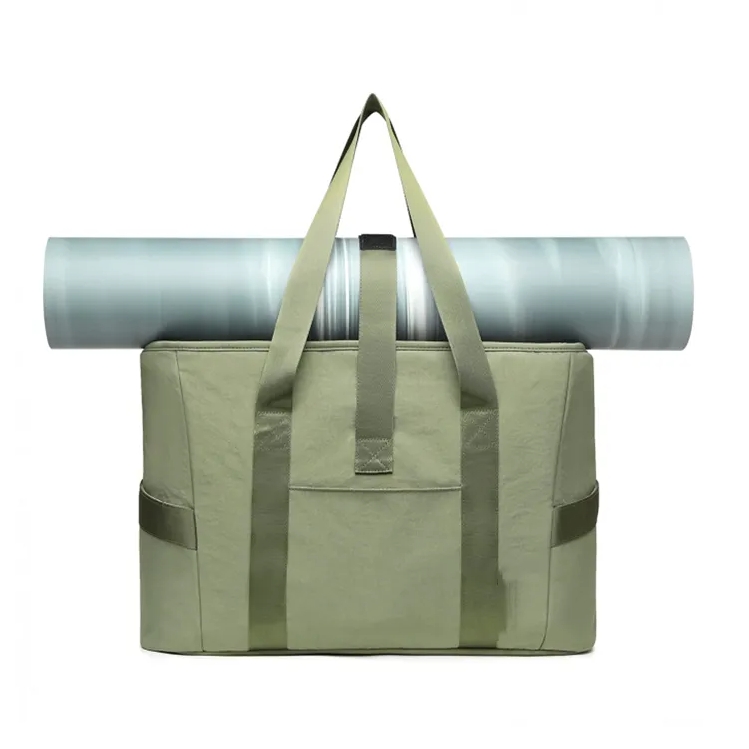The Evolution and Future of Travel Essentials: A Comprehensive Analysis of Key Luggage Categories
Introduction
The global luggage and bag industry, valued at over $60 billion in 2023, continues to evolve in response to shifting consumer preferences, technological advancements, and sustainability demands. This article explores five pivotal categories—Backpacks, Tote Bags, Duffel Bags, Crossbody Bags, and Wheeled Luggage—highlighting their unique characteristics, applications, and emerging trends. We also analyze their competitive positioning and growth trajectories in a rapidly changing market.
Section 1: Backpacks – The Versatile Workhorse
Design & Functionality
Modern backpacks transcend their traditional role as student essentials. Features like ergonomic padding, USB charging ports, and anti-theft compartments cater to urban commuters and digital nomads. Brands like Herschel and Tumi now offer modular designs with detachable pouches for hybrid work-travel lifestyles.
Material Innovation
Waterproof nylon and recycled PET fabrics dominate, aligning with eco-conscious trends. Patagonia’s "Recycled Collection" reduces carbon footprints by 30%, appealing to environmentally aware millennials.
Market Trends
The global backpack market is projected to grow at 6.8% CAGR through 2030, driven by demand for multifunctional designs. "Smart backpacks" with GPS tracking and solar panels are gaining traction, particularly in Asia-Pacific markets.
Section 2: Tote Bags – From Groceries to Luxury Statements

Utility Meets Aesthetics
Tote bags have evolved from reusable grocery carriers to high-fashion accessories. Brands like Longchamp and Cuyana emphasize minimalist silhouettes with premium leather or organic cotton.
Sustainability Driver
Single-use plastic bans in 127 countries have boosted demand for reusable totes. Etsy reports a 45% YoY increase in customized tote sales, reflecting personalization trends.
Luxury Crossovers
Gucci’s $980 Jacquard tote and collaborations with artists (e.g., Keith Haring x Uniqlo) blur lines between practicality and artistry, targeting affluent Gen Z shoppers.
Section 3: Duffel Bags – The Athlete’s Companion Redefined
Performance-Oriented Design
Duffel bags now feature water-resistant coatings, shoe compartments, and MOLLE webbing for gym-goers and adventurers. Brands like Nike and The North Face prioritize lightweight durability with Cordura® fabrics.
Travel Integration
Convertible duffels with backpack straps, such as Osprey’s Transporter 40, cater to "one-bag travelers" avoiding checked luggage fees.
Market Growth
The sports duffel segment accounts for 28% of athletic luggage sales, fueled by post-pandemic fitness enthusiasm. Emerging markets like India show 12% annual growth.
Section 4: Crossbody Bags – Security Meets Streetwear
Urban Practicality
Crossbody bags answer urbanites’ needs for hands-free mobility and theft deterrence. RFID-blocking pockets and slash-proof straps (e.g., PacSafe) address safety concerns in crowded cities.
Fashion Synergy
Collaborations between tech brands and designers, like Anker’s PowerCore-infused crossbody with Kate Spade, merge utility with runway aesthetics.
Gen Z Dominance
Social media-driven "mini bag" trends push sales of compact crossbodies. Instagram posts with #CrossbodyBag exceed 4 million, influencing 67% of purchases among under-30 consumers.
Section 5: Wheeled Luggage – The Smart Travel Revolution
Tech Integration
Smart suitcases with GPS tracking, self-weighing scales, and USB hubs now comprise 22% of premium luggage sales. Rimowa’s "Electronic Tag" syncs with airlines for seamless check-ins.
Material Advancements
Polycarbonate shells and 100% recycled aluminum (e.g., Away’s Re:New line) reduce weight while enhancing durability.
Post-Pandemic Shifts
With international travel recovering, the wheeled luggage market is rebounding at 8.4% CAGR. Hardside spinners dominate, holding 61% market share due to perceived robustness.
Comparative Analysis: Category Synergies and Competition
Durability vs. Style: Wheeled luggage and backpacks lead in technical innovation, while totes and crossbodies prioritize aesthetics.
Price Sensitivity: Duffel bags and basic backpacks target budget buyers (<300+ premiums.
Sustainability: Tote bags and recycled-material backpacks outpace other categories in eco-friendly adoption.
Future Outlook: 2024–2030
Circular Economy: Rental/subscription models for premium wheeled luggage and designer totes will rise.
AI Customization: Brands like Samsonite are testing AI tools that design bespoke backpacks based on body scans.
Space Tourism: Lightweight, pressure-resistant duffels and wheeled cases for suborbital travel are in R&D phases.
Conclusion
As consumer priorities fragment—spanning sustainability, tech integration, and situational versatility—Backpacks, Tote Bags, Duffel Bags, Crossbody Bags, and Wheeled Luggage will coexist by carving distinct niches. Brands that balance innovation with hyper-targeted storytelling, such as Patagonia’s eco-backpacks or Tumi’s smart luggage, are poised to dominate this $90B+ industry by 2030.
